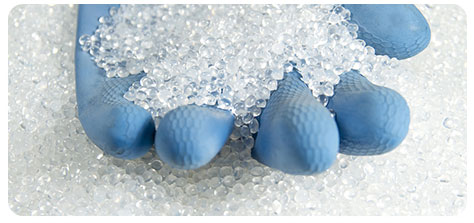Plastic Injection Molding Considerations
Plastic injection molding is a manufacturing process used to produce parts by injecting molten material into a mold. Here are some key considerations that need to be taken into account during the injection molding process:
Material Selection:
The material used for injection molding should be carefully selected based on the properties required for the final part. The material should be able to flow easily into the mold and should have sufficient strength and durability to withstand the stresses it will be exposed to in use.
Plastic injection Molding Machine Selection:
The size and capabilities of the plastic injection molding machine used will depend on the size and complexity of the part being produced. The machine should be able to apply the required pressure and temperature to the material to ensure it flows correctly.
Quality Control:
Quality control measures need to be in place to ensure that each part produced meets the required specifications. This may involve inspecting each part for defects, testing for strength and durability, and monitoring the overall consistency of the production process.
Overall, plastic injection molding requires careful attention to a wide range of factors to ensure that high-quality parts are produced consistently and efficiently. By carefully considering each of these factors, manufacturers can optimize their injection molding process and produce parts that meet the highest standards of quality and performance.






